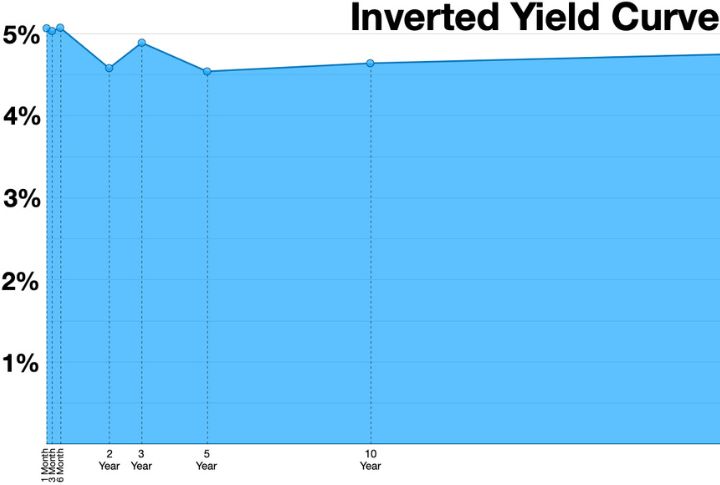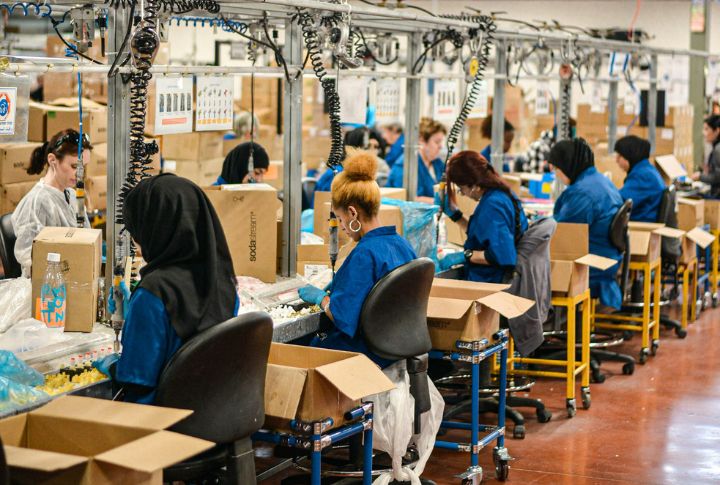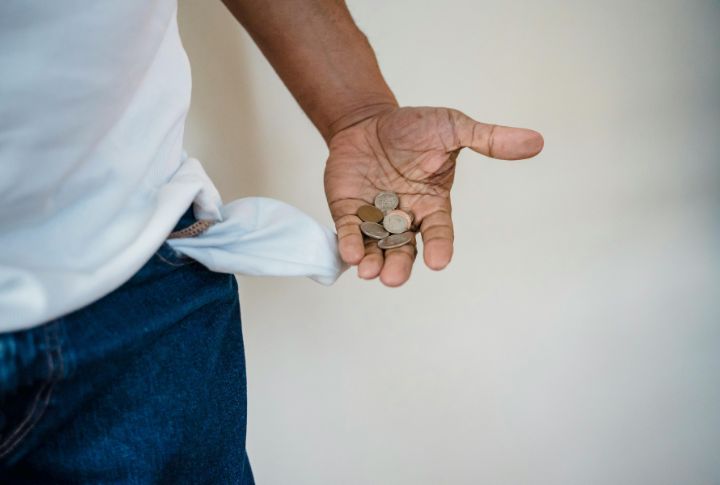
Recessions don’t start with sirens as they creep in through statistics and the things you barely notice until your wallet feels it. More than forwarded texts and unauthorized financial advisors, you should trust the true economic sources for updated information. In this list, you’ll find the most evident early signs that trouble might be brewing. So, watch out for these ten changes before headlines confirm the fall.
Consumer Confidence Plunges

A sharp decline in consumer confidence typically precedes a reduction in spending. In April 2025, the University of Michigan’s index dropped 11% to 50.8, the lowest since early 2020. That dip reflects growing anxiety over inflation and job stability, both of which can quickly cool economic momentum.
Stock Market Volatility Increases

Distinct market swings often reveal investor nerves over economic headwinds. Since mid-February 2025, the S&P 500 has slid 4.8%, hit by rising interest rates and weak tech earnings. It is a level of volatility that signals growing uncertainty and hints at potential instability across broader financial markets.
Inverted Yield Curve Emerges

When short-term Treasury yields surpass long-term ones, investors brace for slower growth. This inversion reflects expectations of future rate cuts, mostly the Fed’s response to weakening demand. Historically, this curve shift has foreshadowed nearly every modern recession in the United States.
Unemployment Claims Rise

Sudden increases in unemployment claims suggest employers are getting skittish. A jump in filings suggests that companies may be reducing hours, freezing hiring, or laying off staff altogether. That shift tightens household budgets, and consumer spending usually follows suit.
Decline In Manufacturing Orders

A slowdown in factory orders can have a ripple effect throughout the economy. When businesses cut back on supplies or machinery, it’s usually because they anticipate lower demand. Fewer orders result in slower output, weaker hiring, and, ultimately, a contraction in overall growth.
Falling Retail Sales

Shrinking retail numbers hint that consumers are pulling back. Retail is where economic momentum becomes personal—when everyday spending stalls, so does business revenue. With less cash flowing in, companies may reduce staff or shut down locations.
Housing Market Slows

When home sales stall and new construction dips, it’s more than just a seasonal slump. A slowing housing market often mirrors waning buyer confidence and tighter credit conditions. Housing downturns have historically been behind major recessions.
Corporate Profits Decline

Lower profits don’t just spook shareholders; they also prompt companies to reassess their operations. That might mean shelving new projects or cutting budgets. When earnings decline across multiple sectors, it suggests a broad-based decline in demand.
Increase In Consumer Debt

Rising personal debt levels (particularly when wages remain stagnant) also indicate financial stress. As interest payments stack up, households often reduce spending elsewhere. That behavior, repeated on a large scale, drags down the economy’s primary engine, which is consumer demand.
Declining Personal Savings Rate

A drop in personal savings can indicate that people are spending more than they earn. When individuals tap into savings to cover rising costs, it signals financial strain rather than optimism. Lower reserves leave less cushion against future shocks.
